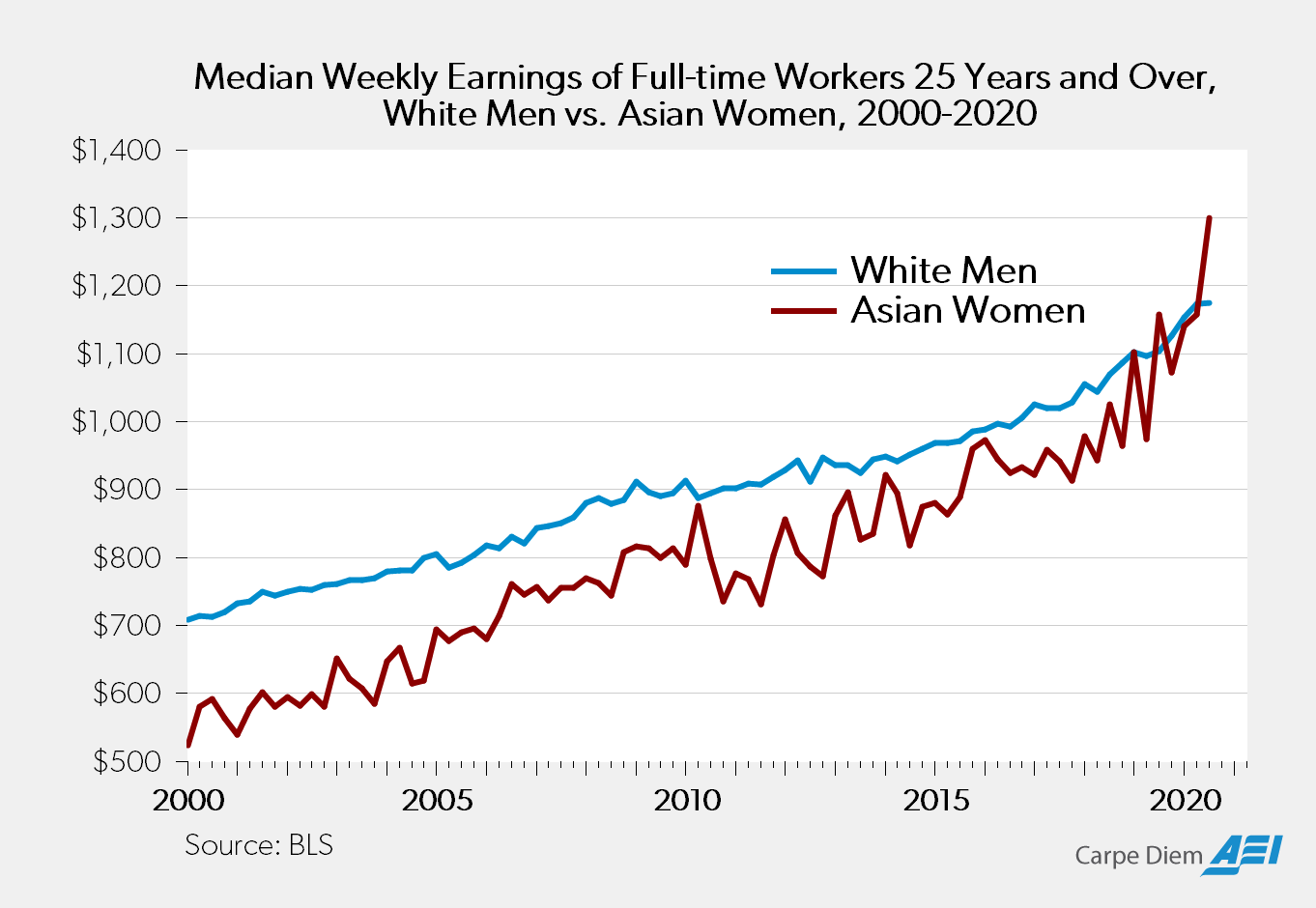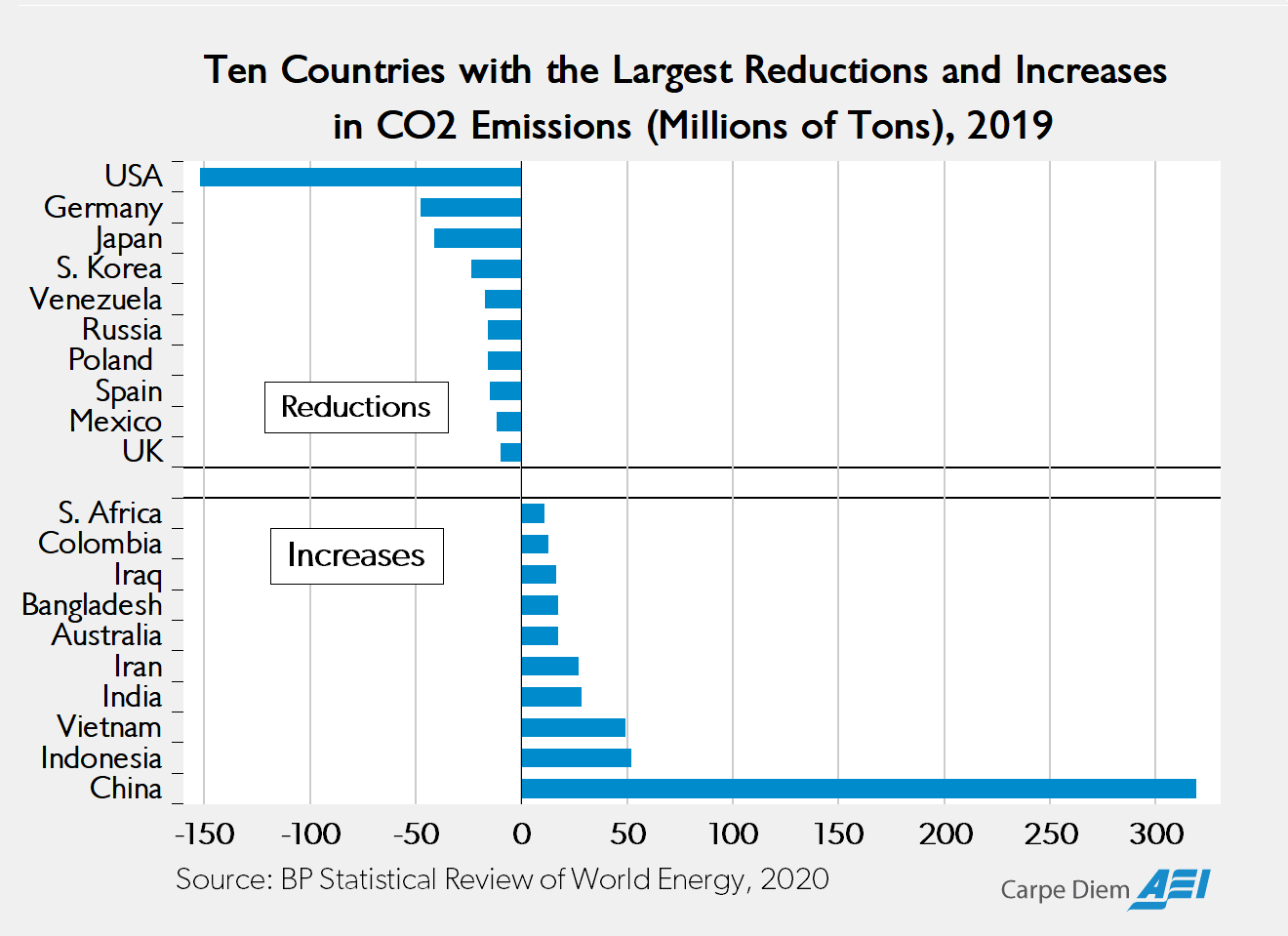Spitballing here.
The Left worries that the Electoral College abolished, because its use renders the popular vote for President/Vice President irrelevant. The Right argues that that preserves representation of the States qua States in the election of our President and Vice President. That was the intent of our Founders when they wrote our Constitution, and the intent of We the People when we ratified it.
Under our current Electoral College setup, each State gets a number of President/Vice President electors equal to the sum of the number of Representatives it’s allowed in the House and the two Senate seats it has in the Senate.
Here’s a thought that emphasizes both the popular vote and the States’ equal representation in the selection of President/Vice President.
Do away with the Electoral College as it stands, and replace it with a one State, one President/Vice President vote, and that vote is determined by that State’s popular vote. If a State’s popular vote favors one candidate, that State’s Electoral vote goes to that Presidential/Vice Presidential candidate.
That provides truly equal State representation in the election—just as each State has, by design, equal representation in the Federal Senate—while that representation is determined by that State’s popular vote.
Of course this would require a Constitutional amendment.


